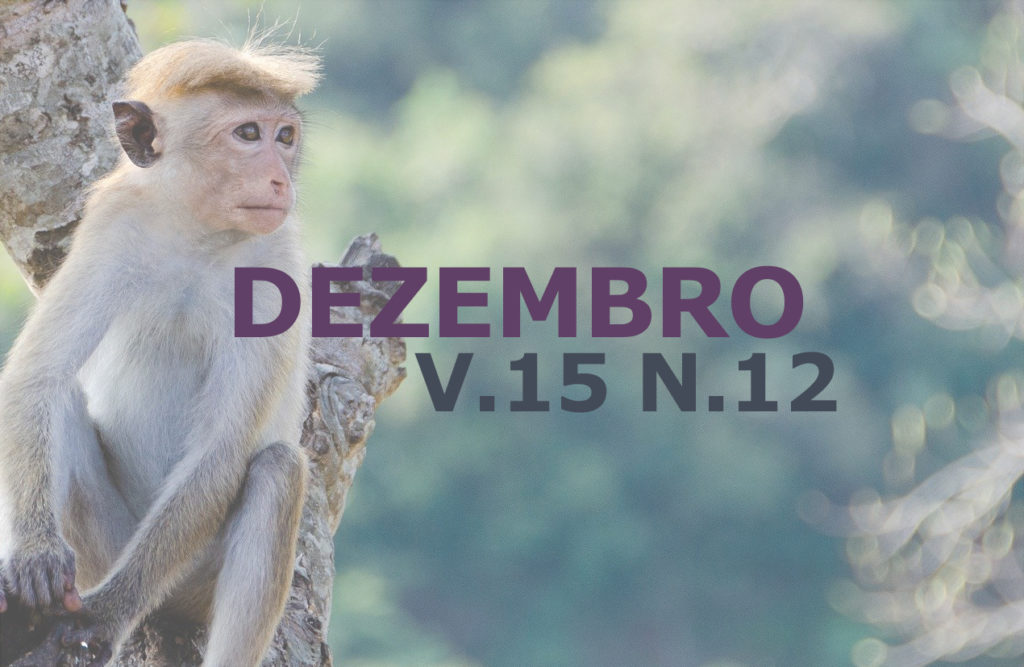ASA classification and interobserver agreement among veterinarians and graduate students in Brazil
DOI:
https://doi.org/10.31533/pubvet.v15n12a990.1-7Keywords:
Anesthesia, preoperative care, veterinaryAbstract
ASA classification is a widespread system used for assessing physical status in surgical patients. However, studies have shown weak interobserver agreement in human and in a smaller scale in animals. This study’s goal was investigating this system’s usage profile and interobserver agreement among veterinarians and graduate students through an online survey containing demographic and professional qualification questions and five clinical cases. Ninety-four participants representing thirteen states (predominantly RJ and SP) responded the questionnaire, amongst 48.9% were veterinarians graduated in 26 different institutions – majorly general clinicians – and 51.1% were graduate students from 48 different institutions. There were 79.8% female and 20.2% male respondents and there was no difference in gender distribution between veterinarians and students. Among veterinarians (67.4% graduates and 32.6% postgraduates), 76.1% reported using ASA classification “always” or “sometimes” although only 19.6% reported working directly in anesthesia which shows a broad usage of this system. Almost every participant reported having learned the ASA classification in graduate course (93.5% of the veterinarians and 89.5% of students). There were no significant correlations between “study degree” and “time from graduation” and ASA status usage however veterinary anesthetists reported using it more frequently (P < 0.0001). No difference was shown in ASA status attributed by veterinarians and students for each of the presented cases: A (P = 0,263), B (P = 0.121), C (P = 0.443), D (P = 0.939) and E (P = 0.849), although there was weak interobserver agreement among veterinarians (Fleiss k = 0.365, P < 0.0001) and students (Fleiss k = 0.363, P < 0.0001). All five clinical cases were classified in at least three different ASA classes by veterinarians and four of them were classified in at least four different ASA classes by students, showing high dispersion. This study showed weak interobserver agreement in ASA classification among veterinarians and among students besides showing a widespread usage of this physical status classification system.
Downloads
Published
Issue
Section
License
Copyright (c) 2021 Larissa Magalhães de Castro, Sabrina Baldez Xavier, Rodrigo Canedo de Magalhães Dias, Bruna Pereira Gonçalves, Andrei Nicolau Costa, Eduardo Butturini de Carvalho

This work is licensed under a Creative Commons Attribution 4.0 International License.
Você tem o direito de:
Compartilhar — copiar e redistribuir o material em qualquer suporte ou formato
Adaptar — remixar, transformar, e criar a partir do material para qualquer fim, mesmo que comercial.
O licenciante não pode revogar estes direitos desde que você respeite os termos da licença. De acordo com os termos seguintes:
Atribuição
— Você deve dar o crédito apropriado, prover um link para a licença e indicar se mudanças foram feitas. Você deve fazê-lo em qualquer circunstância razoável, mas de nenhuma maneira que sugira que o licenciante apoia você ou o seu uso. Sem restrições adicionais
— Você não pode aplicar termos jurídicos ou medidas de caráter tecnológico que restrinjam legalmente outros de fazerem algo que a licença permita.





